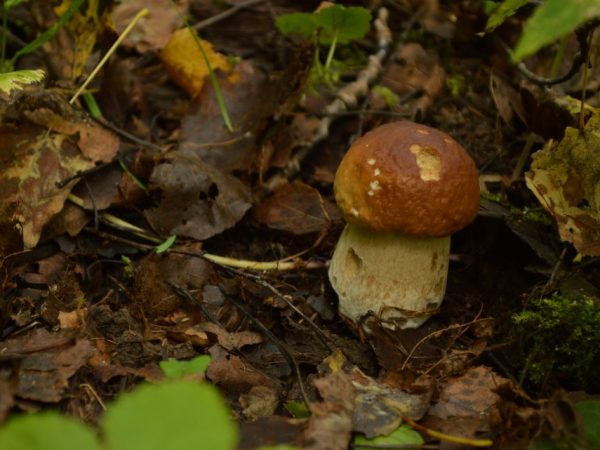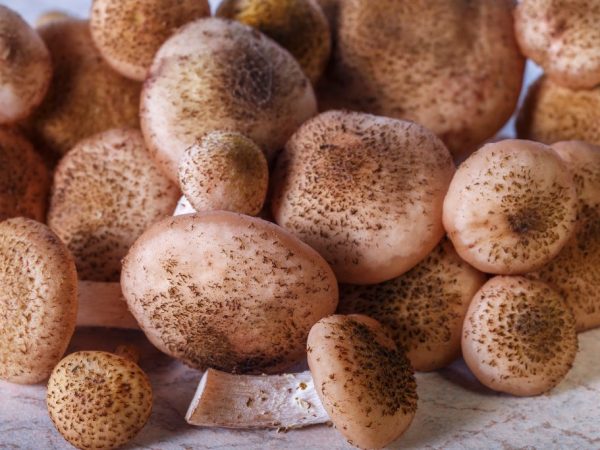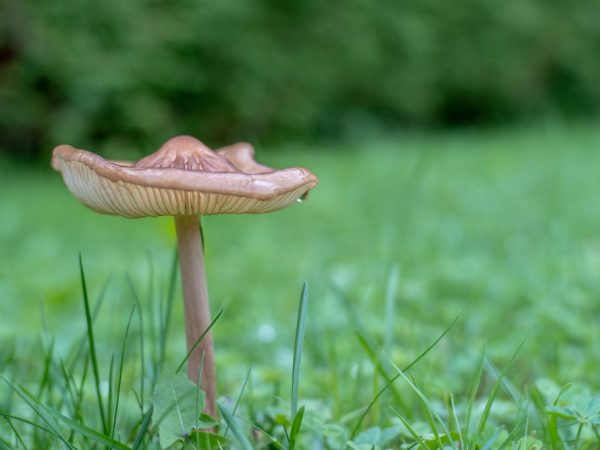Togliatti mushrooms
The wild nature of the Samara region never ceases to amaze with its beauty and wealth. In the thickets there are various types of berries, interesting and useful plants and mushrooms. The Volga region has long been famous for its forests. Togliatti is located near Samara, in the northwest of the region. The main natural wealth of Togliatti is mushrooms, they are known throughout Russia.

Togliatti mushrooms
Main characteristics
Each mushroom picker has their own favorite mushroom spots and harvesting methods.
Before going into the forest, you should find out what is allowed to collect and what not and why. To do this, get acquainted with the main characteristics of mushrooms.
According to their edibility, they are all divided into 4 categories:
- Category 1: edible;
- Category 2: conditionally edible;
- Category 3: inedible;
- Category 4: poisonous.
Their taste and aroma are different, which is why they are used in different ways. A classification of tastes was invented:
- fragrant: white, boletus, mushrooms;
- less aromatic: chanterelles, podduboviki;
- with a weak aroma and taste: mushrooms, millers.
The most fragrant ones are used to prepare all types of dishes. They require lengthy processing. Whites are easy to clean, they do not need pretreatment.
Chanterelles, podduboviki, honey agarics, etc. used for pickles. They only take hats from honey agarics, in which there is less chitin and more benefits (they are more easily processed by the human body, although partially).
Millers, raincoats, etc. do not have a bright aroma and taste. They belong to the conditionally edible group, which needs long soaking in order to get rid of the bitter taste of milky juice.
It is better not to collect poisonous fly agarics. Only professionals know how to remove toxins from them.
Winter views
The collection period does not stop all year round. Even in winter, some manage to find certain species, including the following:
- oyster mushroom;
- winter Openok;
- garlic;
- birch sponge;
- trembling;
- mycenae.
They are little known, but often come across in snowy forests. They begin to collect from November to March.
Winter honey

Honey mushrooms can be collected with the onset of cold weather
Winter mushroom has the following description:
- hat - from 2 to 9 cm;
- cap color - honey;
- the structure of the pulp is mucous;
- spore-bearing plates are widely spaced, rare;
- the color of the spores is whitish;
- leg - up to 10 cm in height;
- the shape of the body is cylindrical.
They grow in groups on stumps or fallen trees. Often found in gardens and city parks.
Irina Selyutina (Biologist):
Winter mushroom belongs to the Ryadovkov family, although the genus Flammulina, of which he actually is a representative, is also referred to the Negniychnikov family. In the center of the cap, the surface has a darker shade. In wet weather, the cap becomes slimy. Adult mushrooms can often become covered with brown spots, which do not affect its taste in any way.
Interestingly, cells damaged during severe cold are able to restore their vital activity as soon as the air temperature becomes positive again.As it turned out, this species can be grown in a damp and not very warm basement.
Knowing the place, they are found there every year. The product is pickled and dried. It does not lose its appearance during processing.
Oyster mushroom
Oyster mushrooms near Togliatti are often harvested during the cold season.
It's easy to recognize them. They are noticeable on the trunks of poplars or other deciduous species, and are found on dry birches and aspens.
Description:
- the leg is on the side and goes into the cap;
- cap size - up to 10 cm;
- light, gray or brown color;
- the flesh of the leg is tough;
- weak aroma.
This type is much tastier than store-bought mushrooms, because a mushroom grown in the wild lives in a completely different, let's say, environment, which affects its taste data. It is sometimes said that they are "fatter" than their cultural counterparts. For cooking, it is better to take only hats, which have a pleasant and tasty pulp. They make excellent pates and snacks.
Birch sponge
This valuable winter representative grows in cracks in birch trunks and does not look very attractive, resembling ugly growths of gray-brown color. But tinctures from it (alcohol-based) have antimicrobial and antiviral properties, they improve metabolism and stimulate the immune system. To collect it, you need a good sharp knife, because its surface is rough and dense.
Trembling
Another typical winter view of this area is the orange tremor. It is similar in shape to a human brain with a jelly-like consistency. Grows on dead branches of deciduous trees. Description:
- the shape of the body is round;
- size - up to 4 cm;
- the surface is matte;
- Orange color;
- gelatinous pulp;
- spores are ovoid;
- spore powder is white.
Trembling has been growing since November. Like all representatives of the genus of the same name, in dry weather, they "dry up", and after rain they restore their original structure. It is considered inedible by some, but with some processing it tastes especially good in salads. It has no special useful properties.
Spring views

The row can even grow on the lawn
With the onset of stable heat, when the temperature is kept at 15 ° C, mushroom places in Togliatti are replenished with spring species:
- raincoats;
- morels;
- lines;
- May rows.
In raincoats, hats grow literally before our eyes, so it is better to collect them immediately after rain, so that they do not have time to deteriorate. Old individuals are damaged by insects.
It is better to look for lines in coniferous forests at the end of April or in the beginning of May.
Irina Selyutina (Biologist):
There are 3 types of lines:
- from. ordinary (Gyromitra esculenta);
- from. giant (Gyromitra gigas);
- from. autumn (Gyromitra infula).
They are similar to each other, but differ both in the features of their appearance and in the place and time of development. Knowing these features will allow you to determine which of these species is in your basket. In the spring there are species with. common and gigantic. All species are conditionally edible due to the presence of the gyromitrin toxin in the pulp of the apothecia.
They cannot be confused with other species, thanks to the description:
- wrinkled cap, resembling in appearance the kernel of a walnut;
- short leg;
- the color of the leg is white;
- the color of the cap is brownish or beige;
- the size of the fruiting body is 30x15 cm.
Before cooking, the stitches, like morels, are soaked so that the taste is softer and more pleasant.
May ryadovka (Georgiev mushroom) is found even in the garden on the lawn or in the park.
Summer and autumn views
Closer to summer, at the end of May, a two-ring champignon appears. Behind it, mushroom places are being updated, other summer and autumn species begin to grow rapidly:
- white;
- boletus;
- russula;
- meadow and field mushrooms;
- chanterelles;
- mushrooms.
Often, not only aspen mushrooms are found under the aspen, but also spikelets, which are similar in taste and description to the varieties of porcini mushroom. The difference is in the color change on the cut. After a while, it turns beige.
Several types of russula are collected near Togliatti, all have common features:
- height - up to 18 cm;
- cap diameter - up to 20 cm;
- characteristic taste and aroma;
- at a break, the color does not change;
- the leg is hollow;
- the pulp is fragile;
- refers to lamellar species.
Grows in forests near Togliatti until mid-October. Even raw. Culinary experts make snacks, pates from them and add them to side dishes for meat or fish.
Autumn mushrooms grow in large groups. Collecting them is a pleasure. A full basket comes out from one place.
At the end of November, flyworms are still found. They are delicious fried, pickles and soups. They grow in groups, mushroom pickers are more often found in mixed forests.
Mushroom places
There are many mushroom places near Togliatti. You can get to them in different ways: both by car and by regular bus or minibus.
- village Malyshevka: close to it there are rich mushroom places. You can get there by bus. There are a lot of butter, oyster mushrooms and honey agarics in the surrounding forests.
- the area of the village of Sergievsk: there are good places with boletus and white mushrooms. If you go deeper, more often you will be able to find honey agaric families. It is easier to get there by a regular bus, reaching Sukhodol, and then walk 1 km towards Ufa.
- village "Mekhzavod", not far from Samara: on a minibus they reach this village and go to look for mushroom places, rich here in mushrooms and whites.
- Bogatoe village, Bogatovsky district: mushroom pickers go here more often for mushrooms.
- Moscow highway: along the route there are many oyster mushrooms and honey agarics, boletus and saffron milk caps.
- urban-type settlement Novosemeykino, Krasnoyarsk district: many boletus, honey agarics, mushrooms and oyster mushrooms are also found near this settlement. Off-season mushrooms can also be found here.
- the villages of Pribrezhny and Vintai (about 40 km from Tolyatti): go there for different types of mushrooms. But you need to act with caution, because next to the test site for rocket launchers.
- the village of Kuzovatovo: in its vicinity it will be possible to collect bags of mushrooms and honey agarics. According to the map, it is about 180 km from Tolyatti, so it is better to go by your own car.
- Volga Islands: it is worth going on them for value and whites.
Conclusion
There are so many mushroom places in the vicinity of Togliatti that those who wish will be able to collect full baskets without much effort. Dried or pickled mushrooms are an excellent snack, supplement and diversify the daily diet and strengthen the immune system during the winter cold.



